What carrier is best? That question depends on a LOT of elements, but it’s a question that a new Android App – Carrier Coverage – hopes to answer. By non-intrusively collecting real-time data from it’s community of users, Carrier Coverage hopes to create the largest independent source of carrier coverage data on the planet, thereby helping consumers make important decisions.
The app is in private beta, but we’ve got Phandroid readers inside access to the download URLs:
I’m not sure how long the private beta will remain open and the download links live, so if you’re eager to participate/contribute, head over there now.
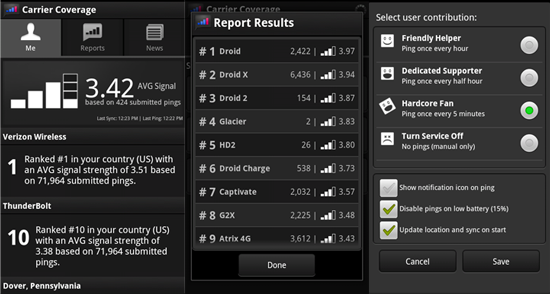
The Carrier Coverage project is uniquely Android for two reasons:
- Android’s community has the power to make it happen. The project can’t succeed without users contributing data and we all know Android has a tightly knit community of people who like to help other people. Android- simply put- is the ideal birthplace for this project.
- Android’s source code is open enough to allow for the collection of data making this app possible. A compareable app on iOS would lack many features and capabilities.
![]() If Carrier Coverage gains momentum, it could truly become a resource that makes actual carrier performance transparent and holds carriers accountable. It could help consumers identify the best carriers/devices at their home, at work, on vacation, when they’re moving, on road trips and more. It could also be used to identify industry trends and metrics. For example: custom Carrier Coverage reports could verify whether or not a certain carrier was experiencing an “outage” in a city or if a Carrier had switched on 4G connectivity in a given region.
If Carrier Coverage gains momentum, it could truly become a resource that makes actual carrier performance transparent and holds carriers accountable. It could help consumers identify the best carriers/devices at their home, at work, on vacation, when they’re moving, on road trips and more. It could also be used to identify industry trends and metrics. For example: custom Carrier Coverage reports could verify whether or not a certain carrier was experiencing an “outage” in a city or if a Carrier had switched on 4G connectivity in a given region.
Right now the app focuses solely on signal strength but the growth plan includes evaluating network types (2G vs 3G vs 4G), data transfer speeds (speed tests), various time periods, and more.
Head over to Download the Carrier Coverage Private Beta and be one of the first to contribute! We’ll keep you posted regarding developments.
[Via CarrierCoverage.com]

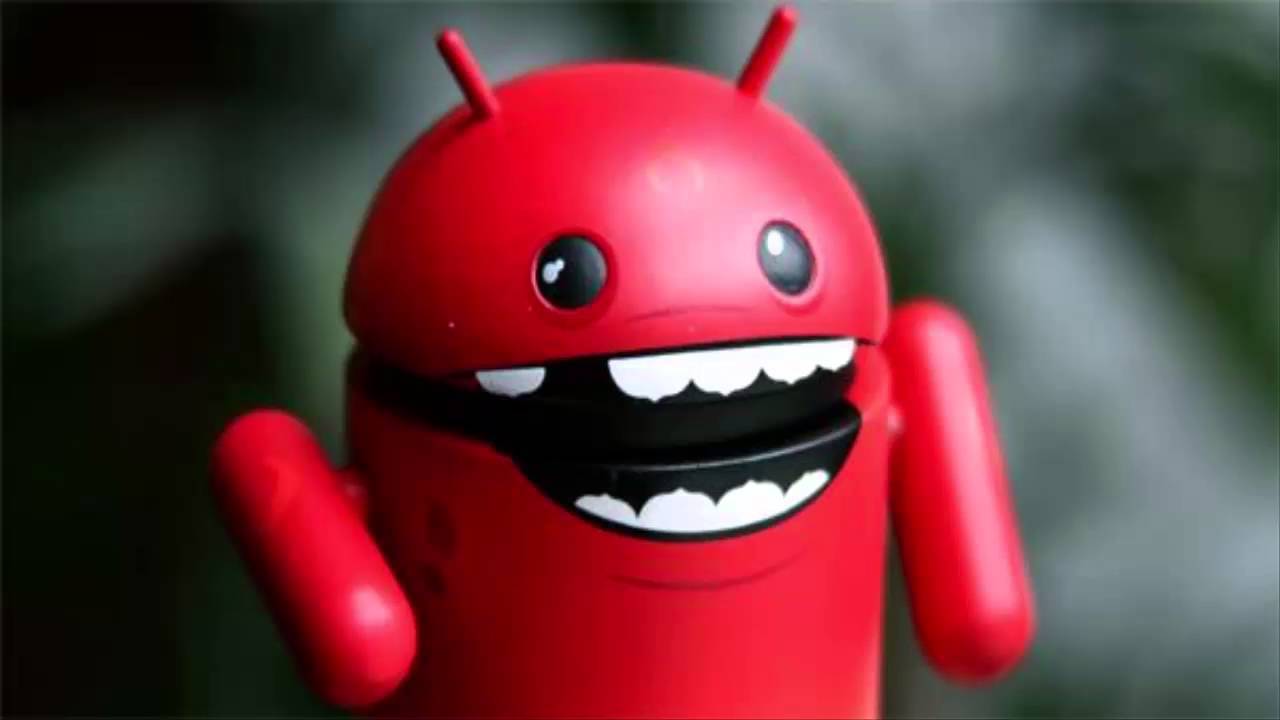

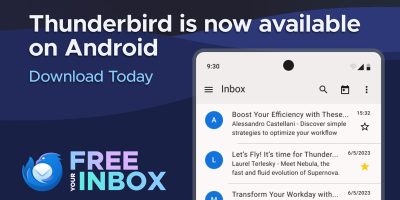

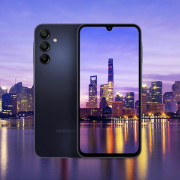
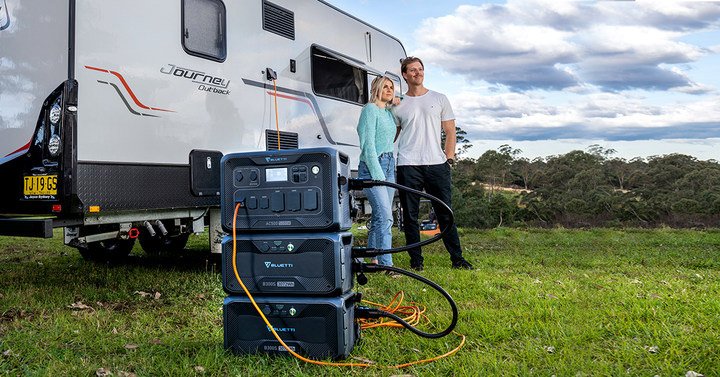

“we all know Android has a tightly knit community of people who like to help other people”
That’s a nice thought — and was probably true two years ago — but I don’t think I would use the phrase “tightly knit” to describe a group using an OS that has over 50% of the market share :)
Good point… I guess I meant “core” community.
Cool idea. Right now there isn’t enough people using it so the data is really thin but I could see this gaining momentum and then allowing users to make more informed decisions about carriers based on coverage, speeds, and price. That’s assuming that they don’t attempt to get Google to block it once it goes to the market.
Cool, installing now.
Edit: Zero bars, lol
Do you actually have zero bars and the app is correctly reporting it? Or are you talking about all the other people – like with US Cellular – who have terrible signal strength shown in the app?
My phone is showing 2-3 out of six bars. I get terrible network performance where I am though. I think the bar rating may be different from the signal bars.
It might rank how good the connection is based on how many pings (out of 5) that are successfully sent and received and perhaps how quickly.
Or……… My phone is messed up
We are watching dbm’s and calculated bars very closely. Let us know if you think something is wrong but we are calculating bar strength the same way Android is. Particular Roms can calculate this different (example 6 bars rather then 4) but…the dbms should be correct. Feel free to post any problems in CC’s forums. Thanks for the feedback!
I guess it’s a sprint problem then. Two bars to them is zero bars to everyone else.
Two sprint bars is -96dbm. Should that show up as zero in the app?
With out looking at this in depth from exactly what network type etc..I would guess this is a 1 bar. Keep in mind the dbm can fluctuate very quickly to and from 0-1. If you want me to check into this a little more for you head over to our support forum and we can get some logs from you that could help. Thanks!
lol I am the only person in Oviedo, FL
…tell a near by friend ;)
How is this any different than Sensorly or Cellumap (or other similar apps), where the maps are already pretty well filled in?
Some of the reporting features look interesting, but in terms of painting a usage map, this app will be playing some catch up I think.
Hi! First, let me introduce myself… I am one of the few (so far) CC Dev’s bring this app to you. You indeed have a good question. On the Market there is a few good apps like you mentioned for example..the ones you mentioned above. We have tested a bunch of competing apps and found they all have strengths and weaknesses.
The main “void” that we are aiming to fill is to focus on the data first, and later bring the eye candy :) Heat-maps and other visual maps are useless unless the algorithms are superb. Even then…when you zoom out…its not really any more useful then what the Carriers give you. We will bring you the reports that can tell you the information you want to know… and allow you to customize by lots of filters. :)
We will strive to listen to what the users want and will take pride in to getting everyone involved. Over the next month, expect to see lots more from us after our initial beta phase. I hope you enjoy the app but keep in mind that its still beta so we have lots to improve. Let us know what you would like to see or what you would like us to add by heading over to our forum.
Just installed. Maybe Sprint will finally know how crappy their coverage is indoors. I also like how there is only a 1 block radius around my house where 4G doesn’t work.
Am wondering how accurate his information is? I had AT&T and T-Mobile and I just dropped the number one carrier on his list which is VZW and I had TBOLT, and I life in Detroit,MI I dropped calls like hot potatoes on I-96, am back with Sprint, which I never drooped a calls. This is just anther gimmick and a joke.
Right now.. not that accurate. Once we (Android community) build up a good user base this information will be very accurate. As we get more users, we will improve the algorithms and keep the community updated every step of the way. :)
The actual data is completely accurate- it’s coming directly from phones being used in real life. However, the data won’t become meaningful until we rally enough troops for statistical significance.
No better with VZW where I am/.
This app seems pretty awesome, especially for a numbers guy like me. There is only 1 other person in Cincinnati. Does this run continuously to ping, or do I have to do it manually? I guess I will find out.
Edit: I didn’t watch the video yet, so the answer may lie in there.
Look in the settings, you can choose if it is manual, hourly, etc
Verizon would hate it if I participated … my house has a 3G hole where no signal is allowed. Weird, because it is fine outside of my neighborhood.
Same here. -_______-
My parents have full bars of 2G but no 3G or HSPA+ with T-mobile. I’m not installing this on their phones because it will dilute the result. It’s going to show a great coverage area, when in reality they don’t even have 3G.
I have AT&T and would run this if there was a wp7 app for it.
How’s it going to “dilute” the results? The results what WE (the users) are experiencing. If they (your parents) only get 2G in what is advertised by T-Mobile as a 3G area, that’s finding the truth, not “diluting the results”. The way I see it, the whole point of this app is essentially to stick it to the man (the carriers). If they say “you DO have 3G/4G data or voice service there” when in fact you don’t, they’re not only being dishonest, but downright lying.
Not to nitpick (I agree that data is data and good for the parents to have the app).. but nowhere did he say that his parents were in an area advertised by T-Mobile as a 3G area.. That is your assumption.. When you order a phone and service they check your coverage.. When I hear of people who say they are not getting 3G, I find it difficult to believe it’s not known when they ordered.
Right now the app focuses solely on signal strength but the growth plan includes evaluating network types (2G vs 3G vs 4G), data transfer speeds (speed tests), various time periods..
Right now it’s not an accurate assumption when evaluating the signal strength. Until there is differentiation between 2g and 3g, this is pretty useless.
very cool idea. ill ping
“Error getting server response, please check data network”
That’s what I get on my Samsung Droid Charge on Verizon’s 3G network. Under “Your Carrier” and “Your Phone” it just says “Loading synced data” endlessly.
I’m in Redwood Valley, CA, 120 miles northwest of SF in Mendocino County.
Great idea. Sites like Billshrink seem to think T-mobile coverage has 5/5 coverage out here in north Denver, and AT&T is 3/5, but it’s a lie. AT&T gives me 5.2M down in a spots I couldn’t even connect a call with T-mobile.
Coverage Mapper (http://www.coveragemapper.com) already does this, and is very accurate.
Says the guy who owns CoverageMapper.com LOL
so after installing this i’ve been getting horrible battery life. I looked at my stats and this program was causing partial wake for like 75% of the time my phone was on
this app absolutely raped my battery today. Please don’t run it. It caused a wakelock on my phone ALL day.
Uninstalled. Uses way too much battery by default (it used 37% after 10 hours)